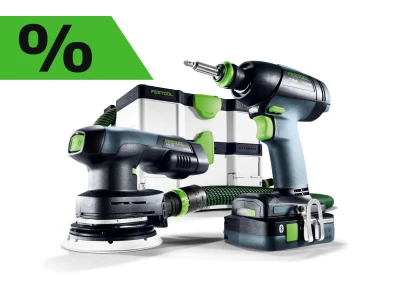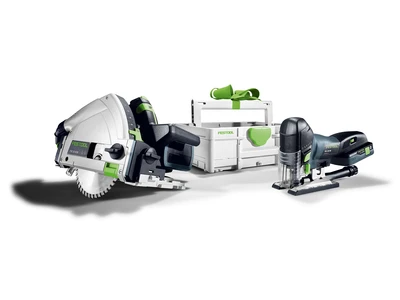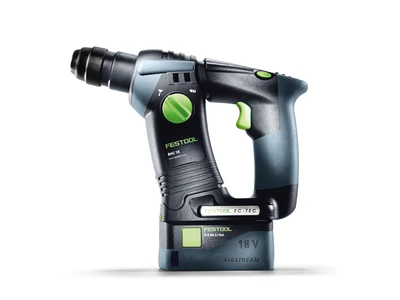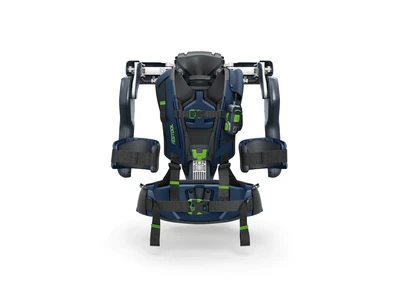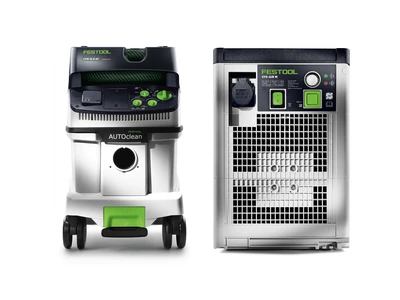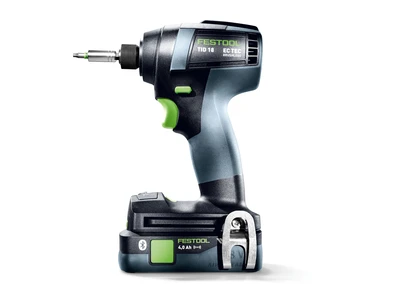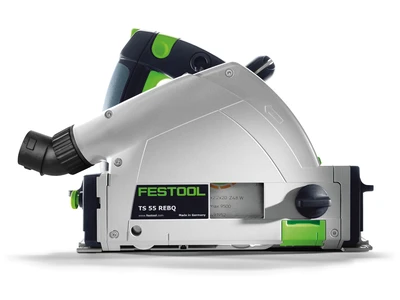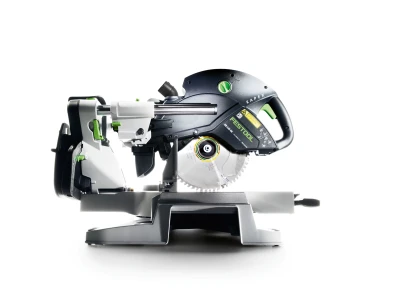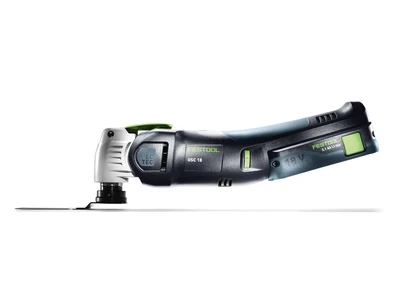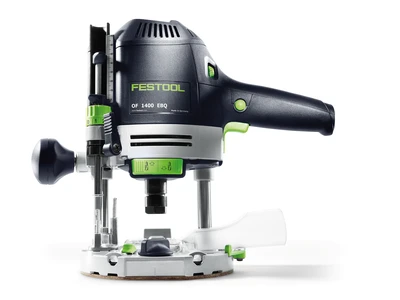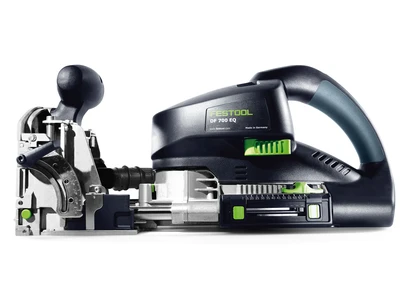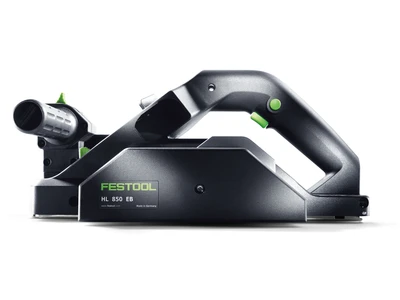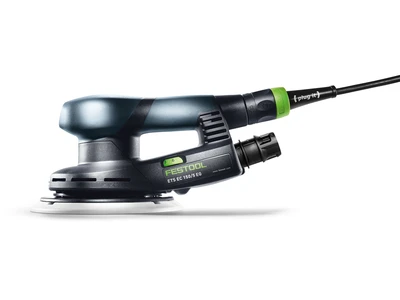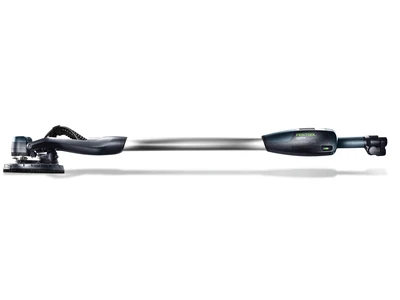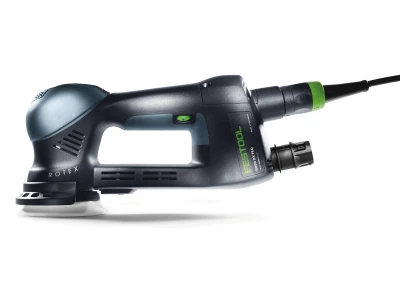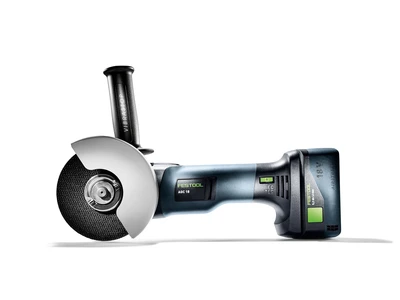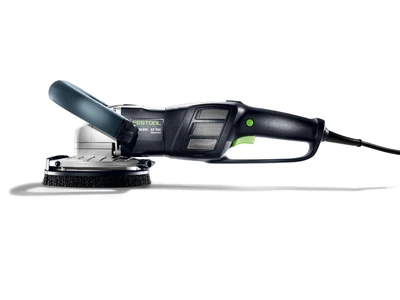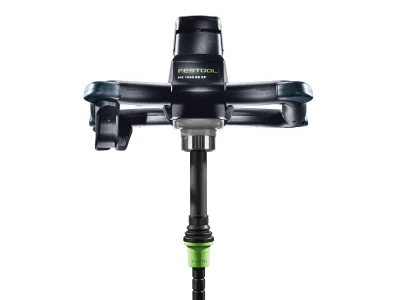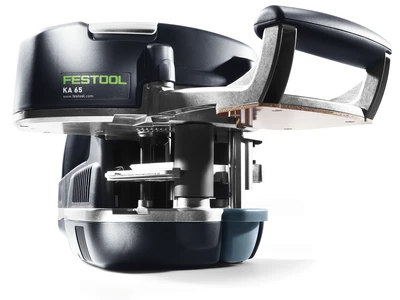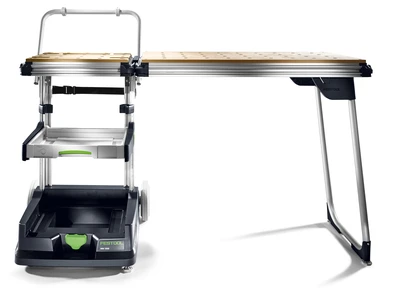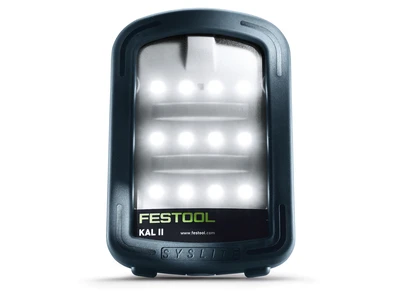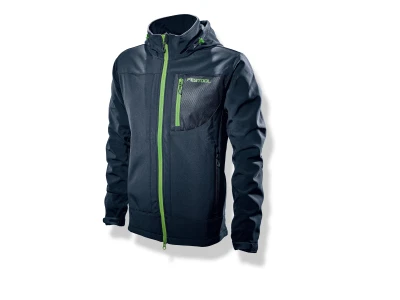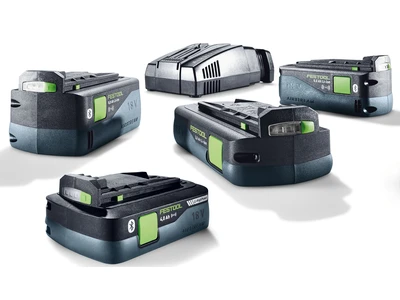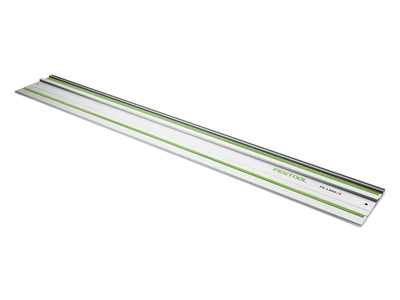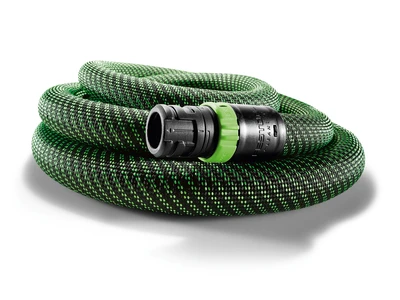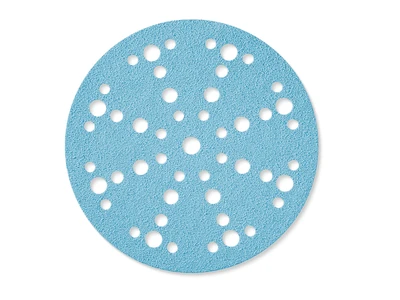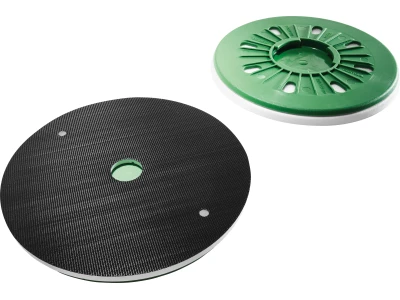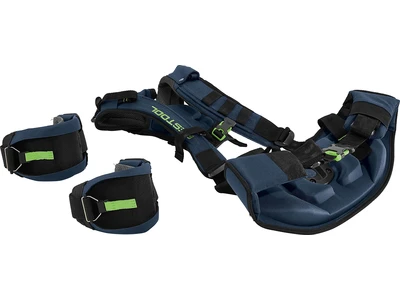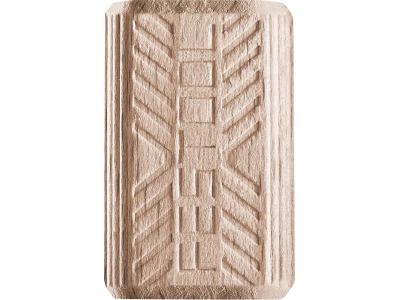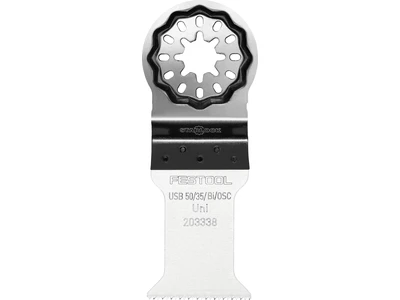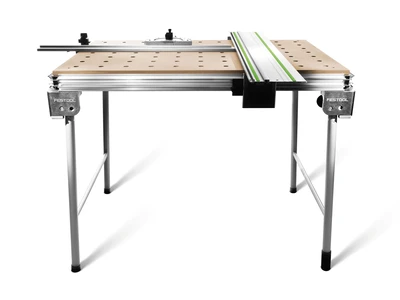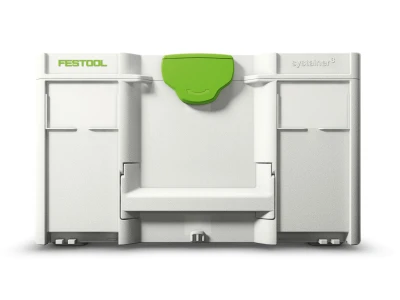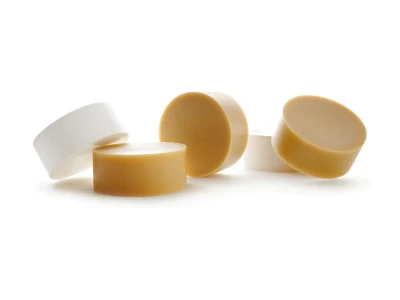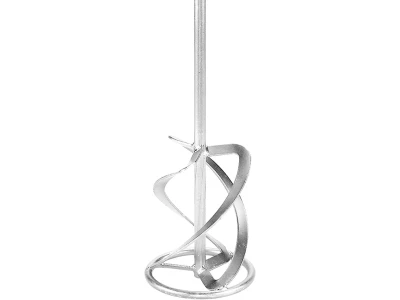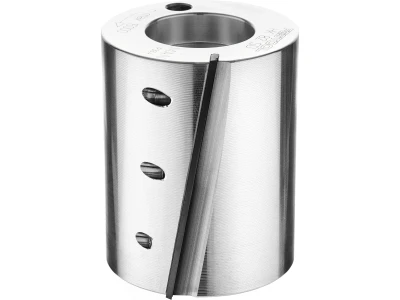
A Guide to Drilling
*Please note that there are different country versions of this press release available BG | CZ | DE | DK | EE | EN | ES | FI | FR | HU | IT | LT | LV | NL | PL | RO | SE
Find them in the media set to download.
Screwdriving, drilling, percussion drilling and hammer drilling: The cordless drills such as the new Quadrive TDC 18/4, the new Quadrive TPC 18/4 percussion drill and the BHC 18 cordless hammer drill are highly versatile. They provide torque, speed and sometimes impact energy just like corded power tools, yet the drilling quality is not decided by these criteria alone. How do hammer mechanisms work? Which drilling function is suitable for which construction material? How is the construction material determined?
Every tradesperson knows that ease of use is a must on the construction site. Professionals appreciate it when functions and attachments can be changed quickly. This is why Festool has united the CENTROTEC tool chuck and bit holder in one: It is half the size and 80% lighter than comparable chucks. It fits all Festool cordless drills and cordless percussion drills with the FastFix interface, enabling users to change tools in a matter of seconds.
Use and function of athe hammer drill
The BHC 18 hammer drill has a pneumatic hammer mechanism, which generates powerful impact energy that works in the axial direction. The resultant rotational movement guides the drilling dust backwards. A hammer drill works at a lower stroke rate, but with significantly greater impact energy than a percussion drill. This enables work to be completed more quickly. Hammer drilling in concrete requires less force than percussion drilling. Georg von dem Bussche, master carpenter and Festool trainer, recommends the BHC 18 hammer drill for harder construction materials such as concrete.
Use and function of a percussion drill
The hammer action works in the axial direction for percussion drills, too. Here, however, the function is generated by two tooth and notch discs, which come into contact with each other and "slide" on each other. This process transfers hammer actions to the tool chucks, which acts on the material via the drill bit. During percussion drilling, many small hammer actions act in the axial direction of the drill bit. Thanks to the notch discs, a higher stoke rate is generated than with a hammer drill, but the impact energy is lower. To optimise drilling progress, the user can press the cordless percussion drill tightly against the drilling point. But for softer materials/panel materials, von dem Bussche recommends working without using hammer action – such as with fibre cement panels, plasterboard, gypsum fibreboard, stone with porous joints (aerated concrete, pumice concrete) and masonry made of perforated brick.
Tips for identifying the construction material
Construction materials are not easy to identify in a shell construction. As soon as the wall is plastered or covered, the exact construction material is harder to identify. Carrying out a test drill with a small drilling diameter is the way to remedy this situation, making it easy to determine whatever is hidden under the surface:
| Concrete | Very fine, white to grey drilling dust |
| Solid brick | Red drilling dust |
| Aerated concrete | Light grey, coarse-grained drilling dust |
| Perforated brick | Hollow spaces can be felt when drilling, light red drilling dust |
| Plasterboard | Hollow space behind the boards, fine white drilling dust |
| Sand-lime-brick | Fine-grained, sandy white drilling dust |
Cleaning the drilled hole
Cleaning the drilled hole is something that many people often underestimate: It is an important factor when installing mounting elements, since drilling dust in the drilled hole can reduce retention forces by more than 50 per cent. This is why trainer von dem Bussche recommends cleaning the drilled hole before installing further mounting elements. When drilling, the rotational movement of the drill bit guides drilling dust backwards, but fitting a drilling dust nozzle considerable reduces exposure to dust for users. "The D 27-BSD drilling dust nozzle is very practical and clean. With its patented two-chamber system, it ensures dust-free drilling with drill bits up to 12 mm in diameter on floors, walls and ceilings. This keeps the drilled hole clean and dowels benefit from better grip," explains von dem Bussche.
The right choice of drill bit is key
In addition to the hammer mechanism principle, physical force and drilling quality are primarily dependent on the choice of drill bit. Festool offers drill bits and drill bit sets for working with wood, steel and mineral construction materials. For construction materials such as plastic, and especially composites, Festool recommends special drill bits. For hardwood, chipboard, plywood or MDF boards, spiral wood drill bits are perfect. When drilling in wood, the rule of thumb is: The harder the wood and the larger the drilling diameter, the lower the speed – and vice versa. Plastics can be worked using wood drill bits, but steel drill bits are better. For plastics, drilling must be performed particularly slowly and carefully so as to prevent overheating. It is therefore advisable always to keep removing the drill bit and remove chips.
Safe working with the KickbackStop, ear protection and safety glasses
And if any hazards arise when drilling: With the TPC cordless percussion drill and the TDC cordless drill, the electronic KickbackStop reduces the risk of the drill suddenly jamming in the material, thereby minimising the risk of twisting your wrist. In addition, always wear ear protection and safety glasses when drilling.
Animations demonstrate the different functions available
Festool provides animations for different functions for:
Part 2 contains information about the TID 18 cordless impact screwdriver and screwdriving in general.
Image Source: Festool GmbH


